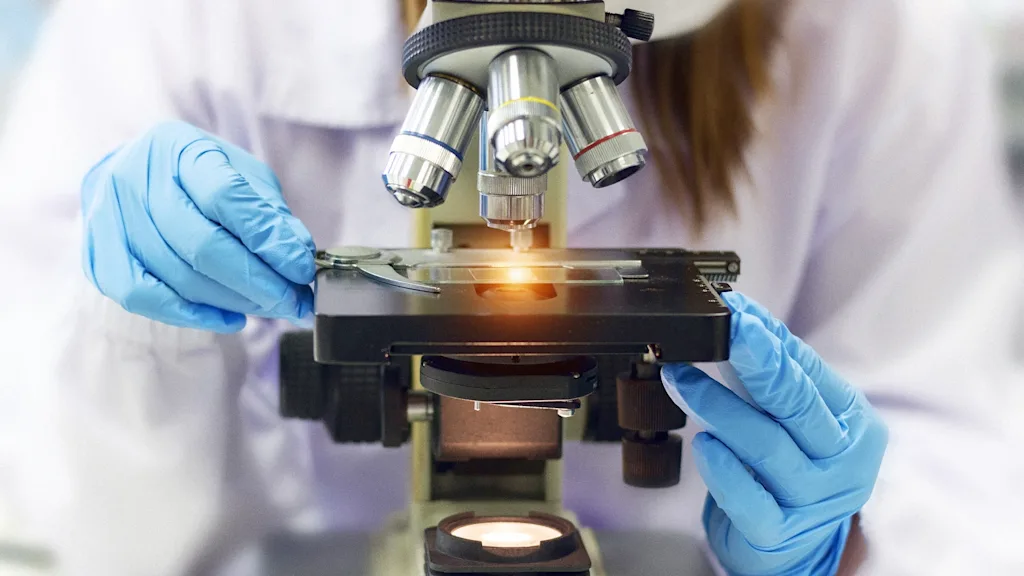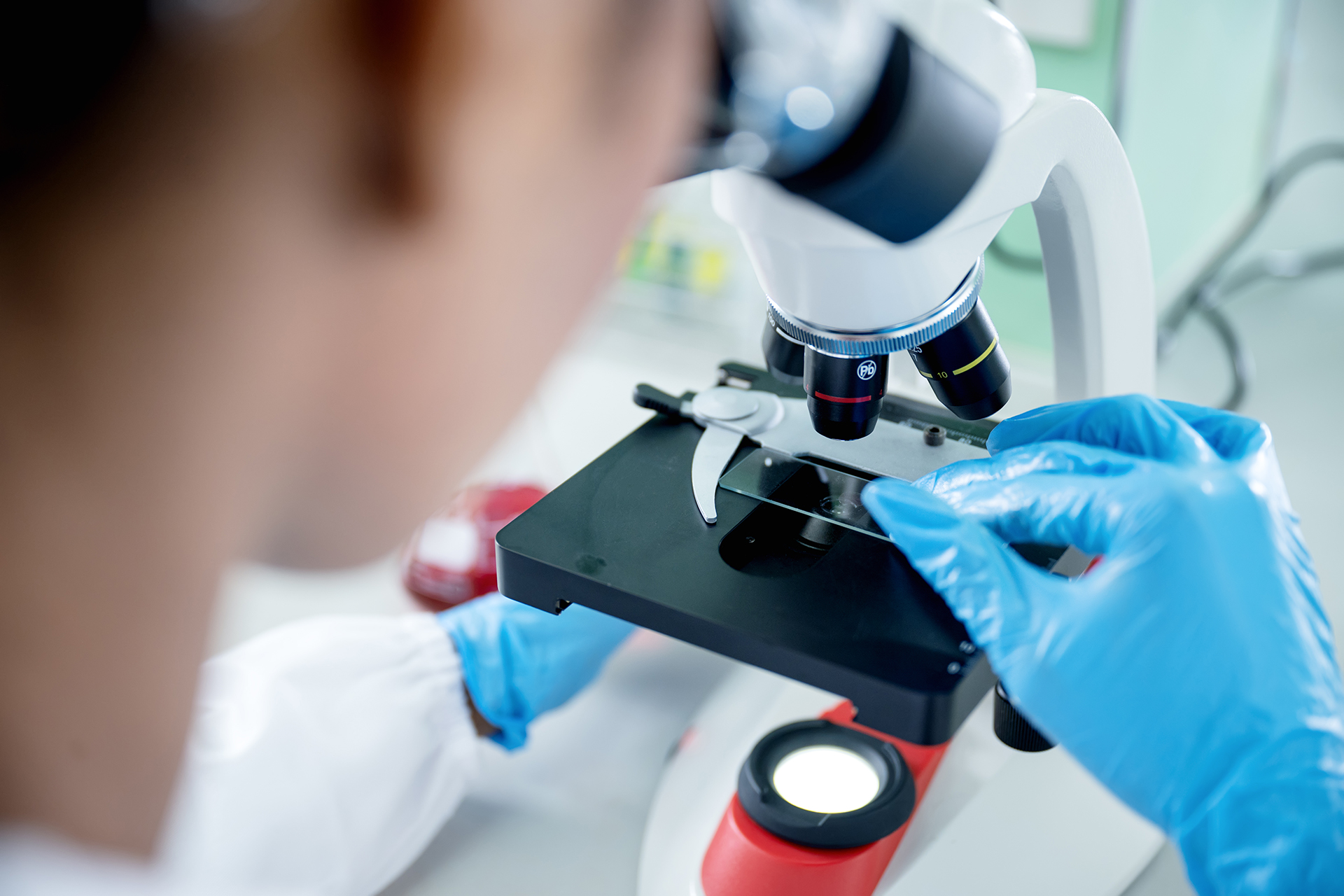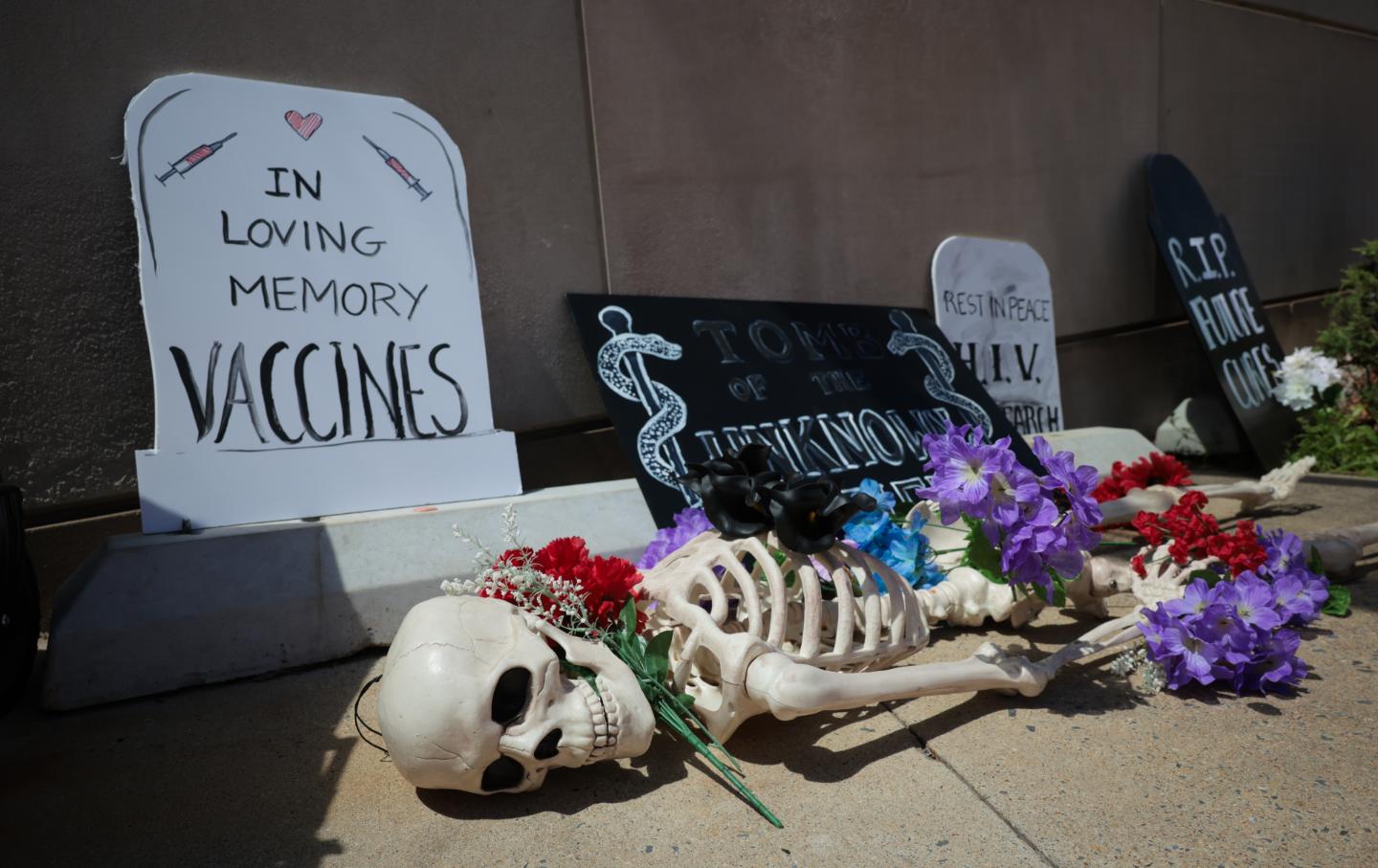#biomedical-research
#biomedical-research
[ follow ]
#nih #public-health #trump-administration #funding-cuts #nih-funding #regenerative-medicine #animal-welfare
fromwww.scientificamerican.com
1 month agoNew Research Shows How AI Could Transform Math, Physics, Cancer Research, and More
A new report from OpenAI and a group of outside scientists shows how GPT-5, the company's latest AI large language model (LLM), can help with research from black holes to cancerfighting cells to math puzzles. Each chapter in the paper offers case studies: a mathematician or a physicist stuck in a quandary, a doctor trying to confirm a lab result. They all ask GPT-5 for help. Sometimes the LLM gets things wrong.
Artificial intelligence
Public health
fromNature
1 month agoAfrica finally has its own drug-regulation agency - and it could transform the continent's health
The African Medicines Agency launch aims to strengthen Africa-led biomedical research, address genetic diversity gaps, and reduce dependence on external funding to improve health equity.
fromwww.mercurynews.com
1 month agoMark Zuckerberg, Priscilla Chan shift bulk of philanthropy to science, focusing on AI and biology to curb disease
For the past decade, Dr. Priscilla Chan and her husband Mark Zuckerberg have focused part of their philanthropy on a lofty goal to cure, prevent or manage all disease if not in their lifetime, then in their children's. But during that time, they also funded underprivileged schools, immigration reform and efforts around diversity, equity and inclusion. Now, the billionaire couple is shifting the bulk of their philanthropic resources to Biohub, the pair's science organization, and focusing on using artificial intelligence to accelerate scientific discovery.
Science
Alternative medicine
fromAlternative Medicine Magazine
1 month agoMerging Science and Beauty: The Integrative Vision of Girlene Marques Rodrigues
Girlene Marques Rodrigues advances integrative aesthetic medicine in Brazil by combining ozone therapy, biomedical research, and ethical, evidence-based regenerative practices to improve skin health.
Medicine
fromNews Center
3 months agoCelebrating Scientific Discovery and Collaboration at Research Day 2025 - News Center
Feinberg's 19th annual Lewis Landsberg Research Day showcased over 470 research posters, honored faculty achievements, and highlighted mRNA and CAR T-cell advances against cardiac fibrosis.
fromInside Higher Ed | Higher Education News, Events and Jobs
3 months agoHHS Ends Minority Biomedical Research Support Program
The MBRS program prioritizes racial classifications in awarding federal funding, including by relying on 'minority student enrollment' to determine applicant eligibility.
US politics
fromInside Higher Ed | Higher Education News, Events and Jobs
4 months agoSanta Ono Lands New Job
I look forward to collaborating with EIT's leadership teams worldwide to advance Larry Ellison's bold vision. I believe this innovative approach represents the most exciting investment in fundamental and applied research globally.
Higher education
fromHarvard Gazette
5 months agoWhat might cancer treatment teach us about retinal disease? - Harvard Gazette
Miller explains, "It turns out, particularly where abnormal blood vessels develop in these retinal diseases like wet macular degeneration, that the drivers are very similar to what happens in cancer."
Women in technology
NYC politics
fromThe Nation
7 months agoInside the Bloodbath at the NIH
Trikafta's development exemplifies successful collaboration in American biomedical research between public and private sectors, transforming cystic fibrosis treatment.
The rapid FDA approval of Trikafta significantly improved treatment options for children with cystic fibrosis.
OMG science
fromWashingtonian - The website that Washington lives by.
7 months ago"Absolute Despair": An NIH Worker on Job and Budget Cuts, RFK Jr, and Trump's First 100 Days - Washingtonian
The return of Donald Trump has generated widespread despair among some Washington workers, highlighting significant concerns over diversity and threats to democracy.
fromNews Center
8 months agoNorthwestern Launches Pioneering Medical Research Institute With $10 Million Gift From Trustee Kimberly Querrey, Bringing Her Total University Giving to $391 Million - News Center
"The new institute will advance the development of medical tools that empower the human body to heal, focusing on the regeneration or reconstruction of various tissues and organs."
OMG science
OMG science
fromAustin Monitor
8 months agoUT Austin professors fear Trump administration's funding cuts will derail life-saving research - Austin Monitor
Federal funding cuts threaten opportunities for future scientists at UT Austin and across the U.S.
NIH grants, crucial for biomedical research, are facing significant reductions under the Trump administration.
fromNews Center
8 months agoNovel Approach Improves Protein Characterization in Human Tissue - News Center
This technology can give you a global picture of the proteins included in one specific cell or tissue region as small as possible that can be laser captured and microdissected. This technology can be broadly applied to analyzing any cell in any tissue in a spatially-preserved manner.
OMG science
[ Load more ]








